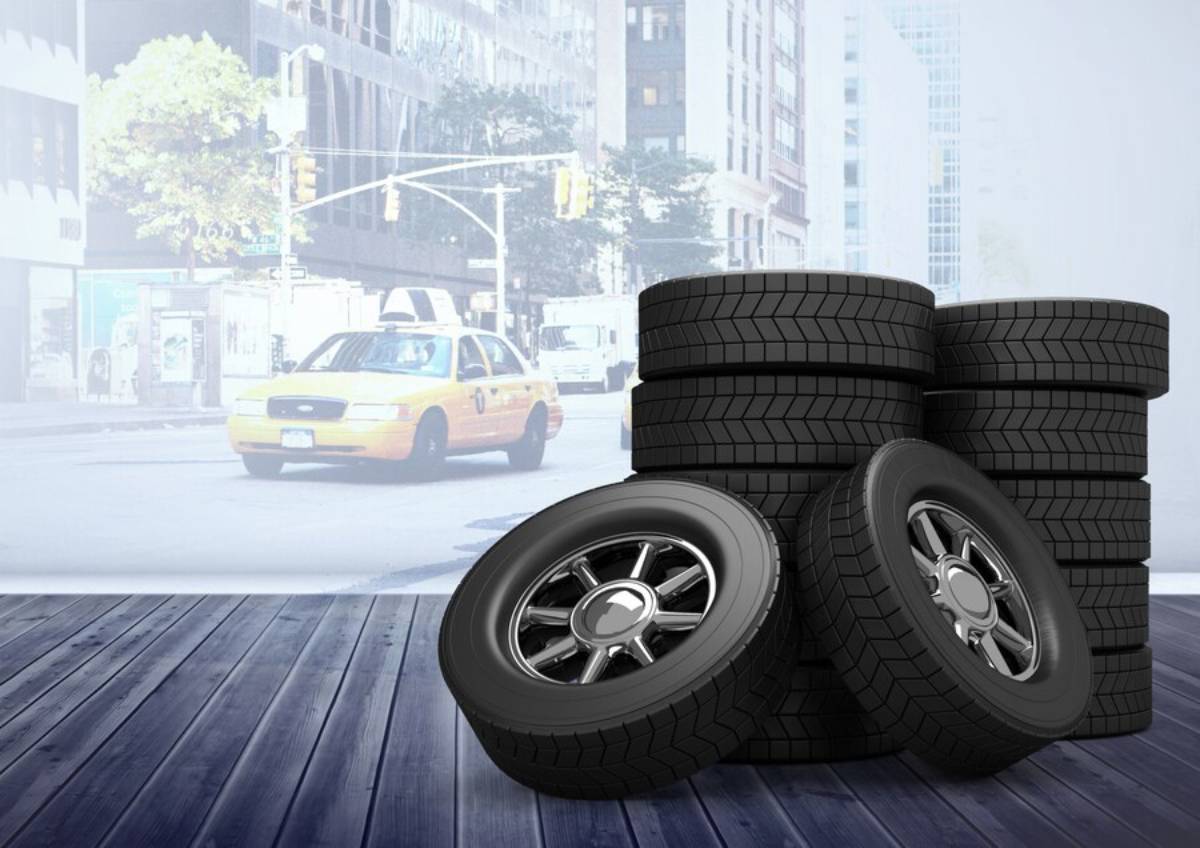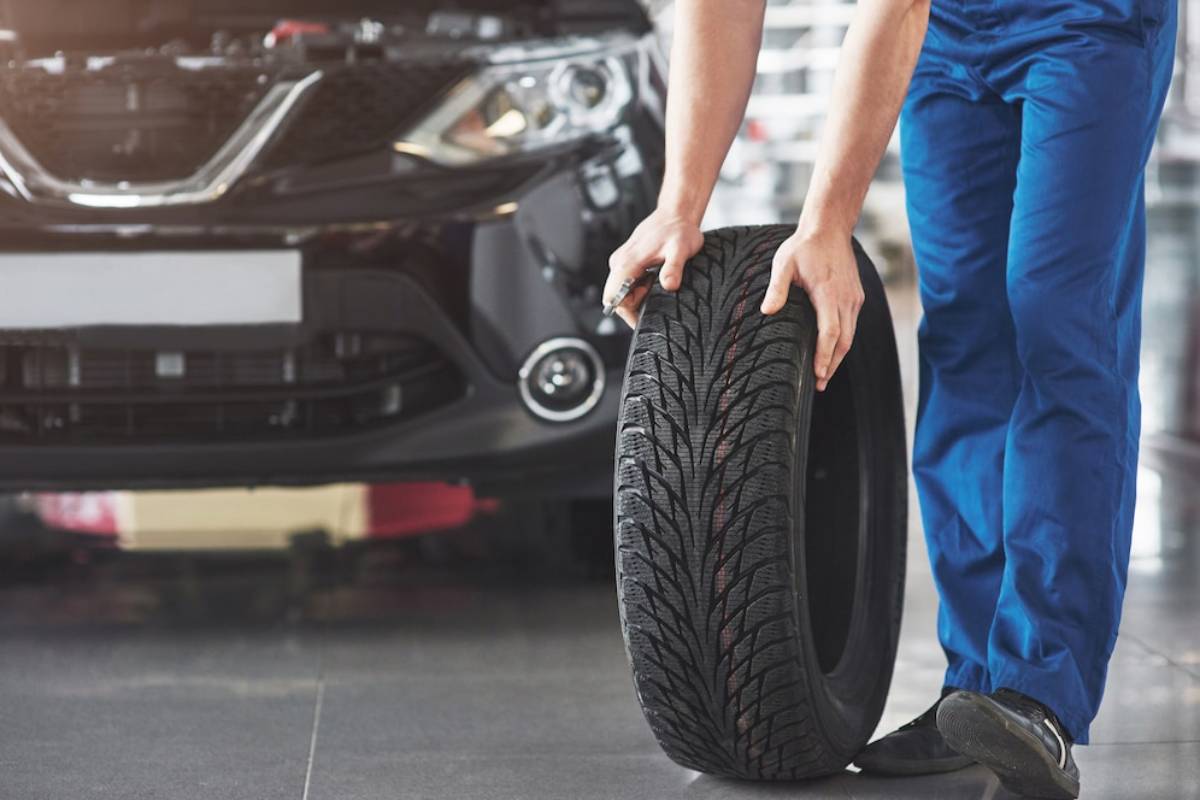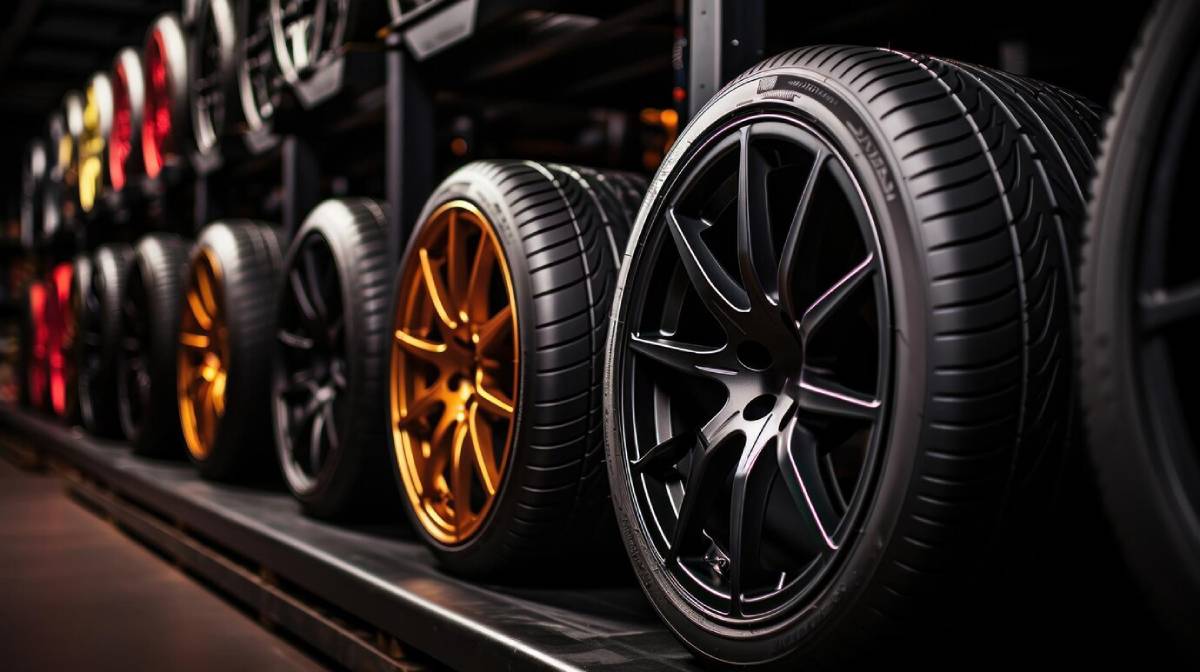
Racing Slicks vs. Street Tires: Performance Comparison
When it comes to extracting the maximum performance from a car—especially in a motorsport setting—the tyres you choose play a pivotal role. They are the only part of the vehicle in contact with the road or track, and their composition, design, and purpose can dramatically alter how your car feels, handles, and performs. In the world of performance driving, the debate between racing tires and street legal tires is more than a matter of preference—it’s a fundamental part of track car preparation.
Whether you’re planning your first track day or building a dedicated race car, understanding the differences between these tyre types is essential. In this guide, we break down the key characteristics, pros and cons, and best use cases for both racing slicks and street tyres to help you choose the right rubber for your driving goals.
What Are Racing Slicks?

Racing slicks are tyres designed specifically for competition use. They are characterised by a smooth, treadless surface and are made from ultra-soft rubber compounds that maximise grip on dry surfaces.
Key Features:
- No tread pattern: Maximises the contact patch with the road
- Soft compound: Provides high levels of mechanical grip
- Lightweight construction: Reduces unsprung mass
- Fast warm-up: Designed to operate within a specific temperature range
Ideal Use:
- Dry track conditions
- Closed-course competition
- Short, high-performance sessions
Important Note: Racing slicks are not street legal tires in most jurisdictions due to their lack of tread, poor wet performance, and accelerated wear on public roads.
What Are Street Legal Tires?

Street legal tyres are designed to meet government regulations for road use. They feature a tread pattern that allows for safe operation in a variety of conditions—dry, wet, and sometimes even light snow.
Key Features:
- Tread pattern: Designed to evacuate water and maintain traction in variable conditions
- Harder compound: Increases longevity and durability
- DOT or ECE certified: Meets safety standards for road use
- Noise and comfort optimised: Engineered for everyday drivability
Ideal Use:
- Daily driving
- Occasional spirited driving or autocross
- Street-to-track versatility (in the case of performance summer tyres)
High-performance variants, such as ultra-high-performance summer tyres or 200-treadwear track tyres, offer a compromise between comfort and performance.
Performance Comparison: Slicks vs Street Tires
1. Grip and Traction
| Feature | Racing Slicks | Street Tires |
| Dry Grip | ★★★★★ | ★★★☆☆ to ★★★★☆ |
| Wet Grip | ★☆☆☆☆ | ★★★★☆ |
| Cold Grip | ★☆☆☆☆ | ★★★★☆ |
| Heat Sensitivity | High | Moderate |
Verdict: Slicks offer unmatched grip in dry, hot conditions but become dangerously slippery in the wet or cold. Street tyres offer more consistent performance across varied conditions, albeit with less peak grip.
2. Longevity and Durability
| Feature | Racing Slicks | Street Tires |
| Tyre Life | Short (up to a few track days) | Long (20,000+ miles) |
| Resistance to Wear | Low | High |
| Daily Use Capability | No | Yes |
Verdict: If you need tyres that last and function across commutes, road trips, and daily errands, slicks are not the answer. Street tyres win on practicality and endurance.
3. Handling Characteristics
Racing slicks offer razor-sharp turn-in, precise feedback, and minimal roll thanks to their construction and compound. However, they require careful heat management—grip drops dramatically when they’re cold or overheating.
Street tyres, while softer in feel, provide more progressive breakaway characteristics and better communication at the limit—especially for novice drivers.
Pro Tip: For track beginners, high-performance street tyres or semi-slicks are a more forgiving and cost-effective entry point.
4. Heat and Temperature Ranges
| Tyre Type | Optimal Operating Temp |
| Racing Slicks | 70–110°C |
| Street Tires | 10–60°C |
Racing slicks need proper track car preparation, including warm-up laps or tyre warmers, to reach their full potential. Street tyres perform well right out of the paddock and are less sensitive to temperature swings.
5. Cost Considerations
| Expense | Racing Slicks | Street Tires |
| Initial Price | £150–£300 per tyre | £80–£200 per tyre |
| Replacement Frequency | High | Low to Moderate |
| Additional Costs | Tyre warmers, extra wheels | None required |
Budget Insight: Slicks can be a costly commitment. Factor in more frequent replacements and the potential need for a dedicated set of track wheels.
Semi-Slicks: The Middle Ground
For those torn between race-only grip and road-legal convenience, semi-slicks (also called R-compound tyres or track day tyres) offer a compelling compromise.
Features:
- Treaded but minimal grooves
- Track-biased rubber compounds
- Some wet capability
- Street legal in many areas
Examples:
- Toyo Proxes R888R
- Michelin Pilot Sport Cup 2
- Yokohama Advan A052
- Nankang AR-1
Semi-slicks are ideal for seasoned track day participants who want to drive to and from the event without swapping tyres.
Track Car Preparation: Choosing the Right Tyre
When prepping a car for track use, tyre choice should align with your skill level, goals, and budget.
Consider the Following:
- Is the car a daily driver or track-only build?
- How experienced are you behind the wheel at speed?
- Are you driving in a region with unpredictable weather?
- Do you have facilities to change wheels at the track?
If you’re new to the track, stick with high-performance street legal tires or semi-slicks. They’ll be more forgiving and won’t punish you for failing to keep temperatures optimal.
Driving Feel: Real-World Impressions
With Racing Slicks:
- Steering becomes razor-sharp
- Braking distances shorten dramatically
- Mid-corner speeds increase significantly
- Requires smoother inputs to avoid abrupt breakaway
- Cold laps are sketchy—no grip until warm
With Street Tires:
- Smoother breakaway at the limit
- Easier to recover from slides
- Feedback is more progressive
- Slight delay in inputs at high speed
- Consistent grip from the first lap
Driving Tip: Never push slicks hard until they’ve reached operating temperature—doing so increases the risk of spins and flat spots.
Legal and Insurance Considerations
Racing slicks are not approved for public road use in most regions, including the UK and EU. Using them on public roads could:
- Invalidate your insurance
- Result in MOT failure
- Lead to legal fines or penalties
Only use slicks on closed circuits or sanctioned motorsport events. Street legal tires and semi-slicks should have visible tread, E-markings, and comply with local legislation.
Storage and Maintenance Tips

Tyres degrade when improperly stored—especially slicks and track compounds.
Best Practices:
- Store in a cool, dry place away from sunlight
- Keep tyres off concrete floors (use rubber mats)
- Avoid stacking slicks more than four high
- Clean off debris after each track session
For racing tyres, always mark heat cycles and tread depth after each use.
Matching Tyre to Purpose
Whether you opt for racing tires, high-performance street legal tires, or a balanced semi-slick option, the right tyre choice can drastically transform your track day experience. While slicks deliver ultimate grip and speed, they come with trade-offs in usability, cost, and complexity. For most enthusiasts, the sweet spot lies in choosing a tyre that meets your performance needs without compromising safety, reliability, or budget.
Take action today: Assess your driving style, your goals, and your car’s usage. Then choose the tyre that not only makes your car faster—but makes you a better driver.